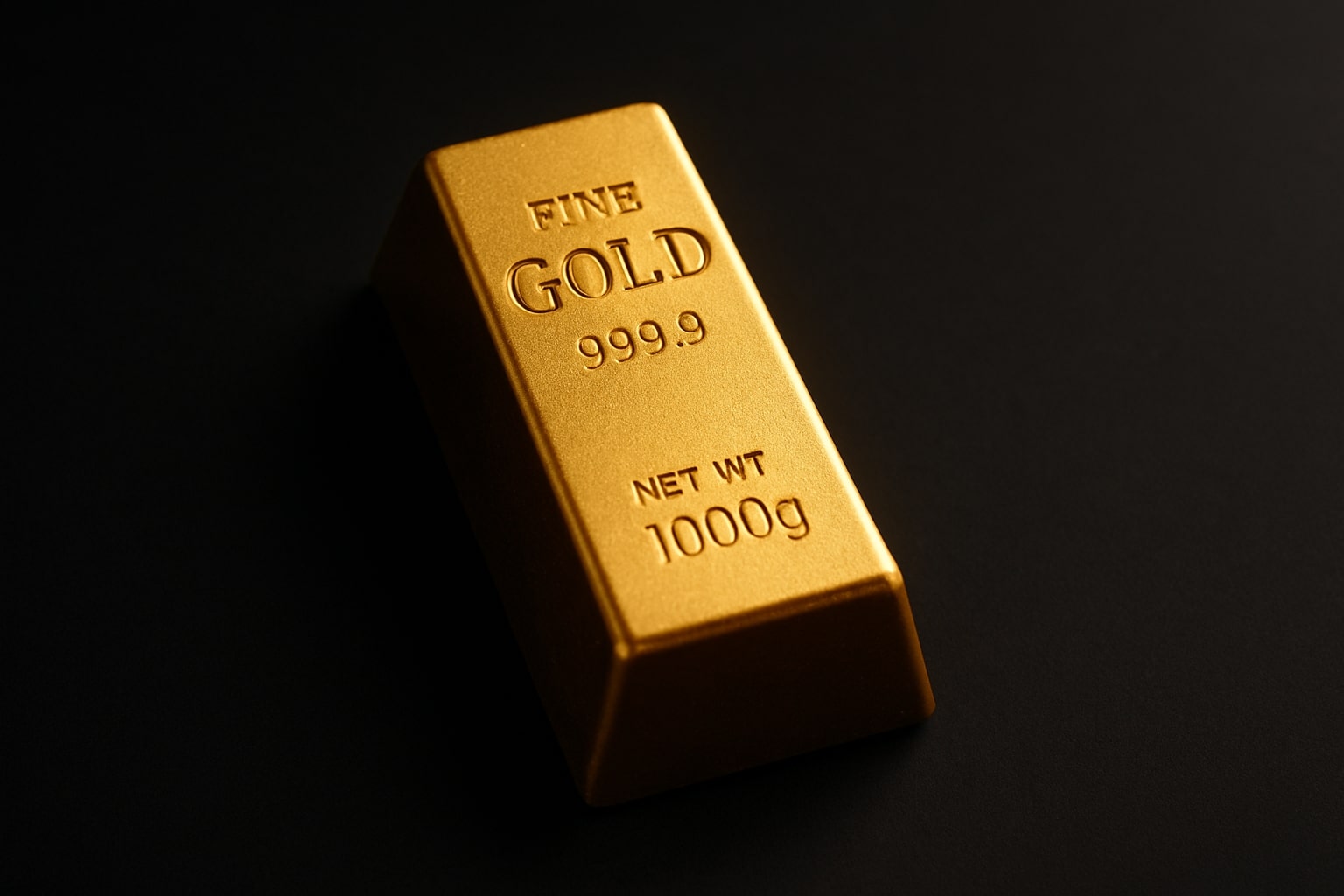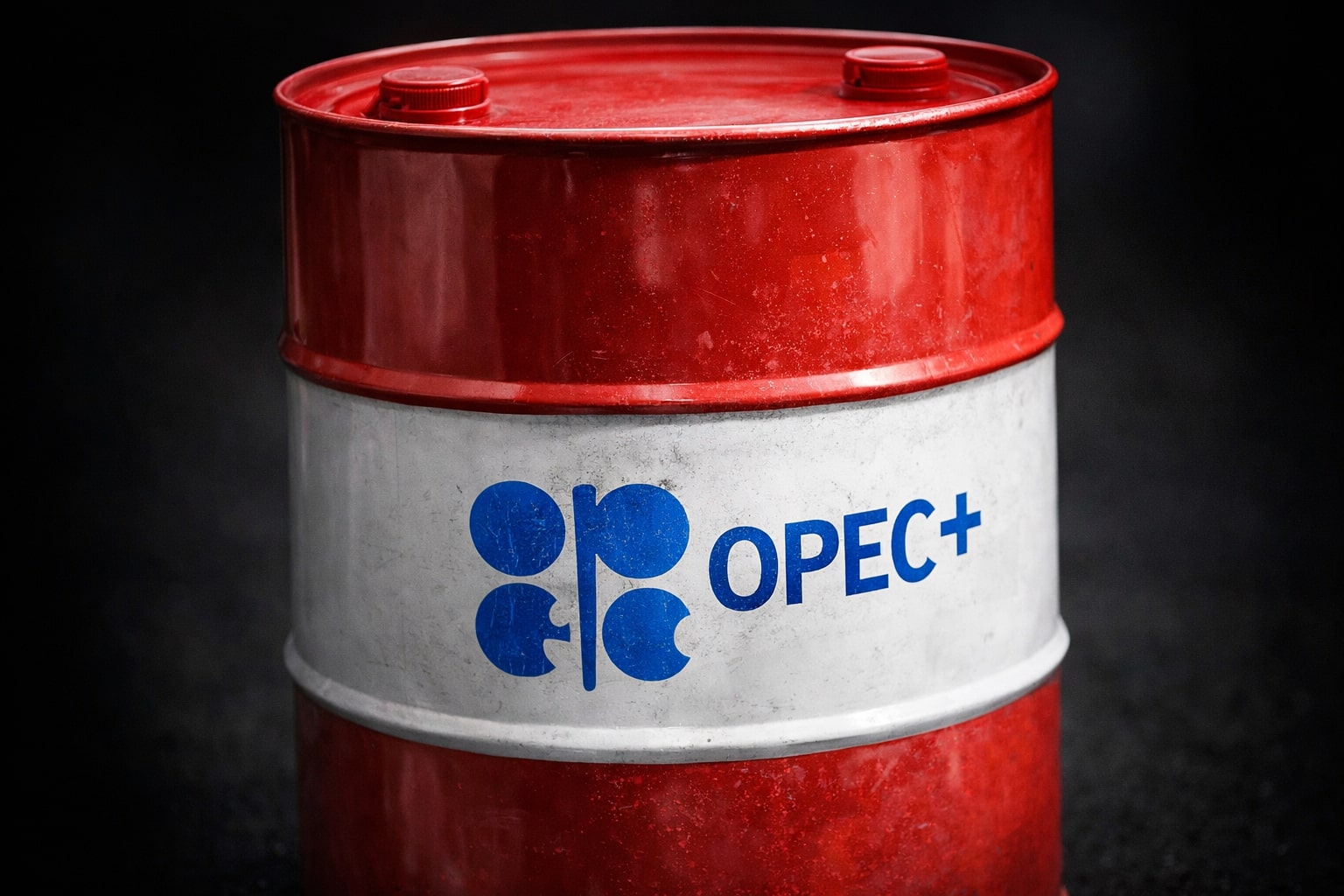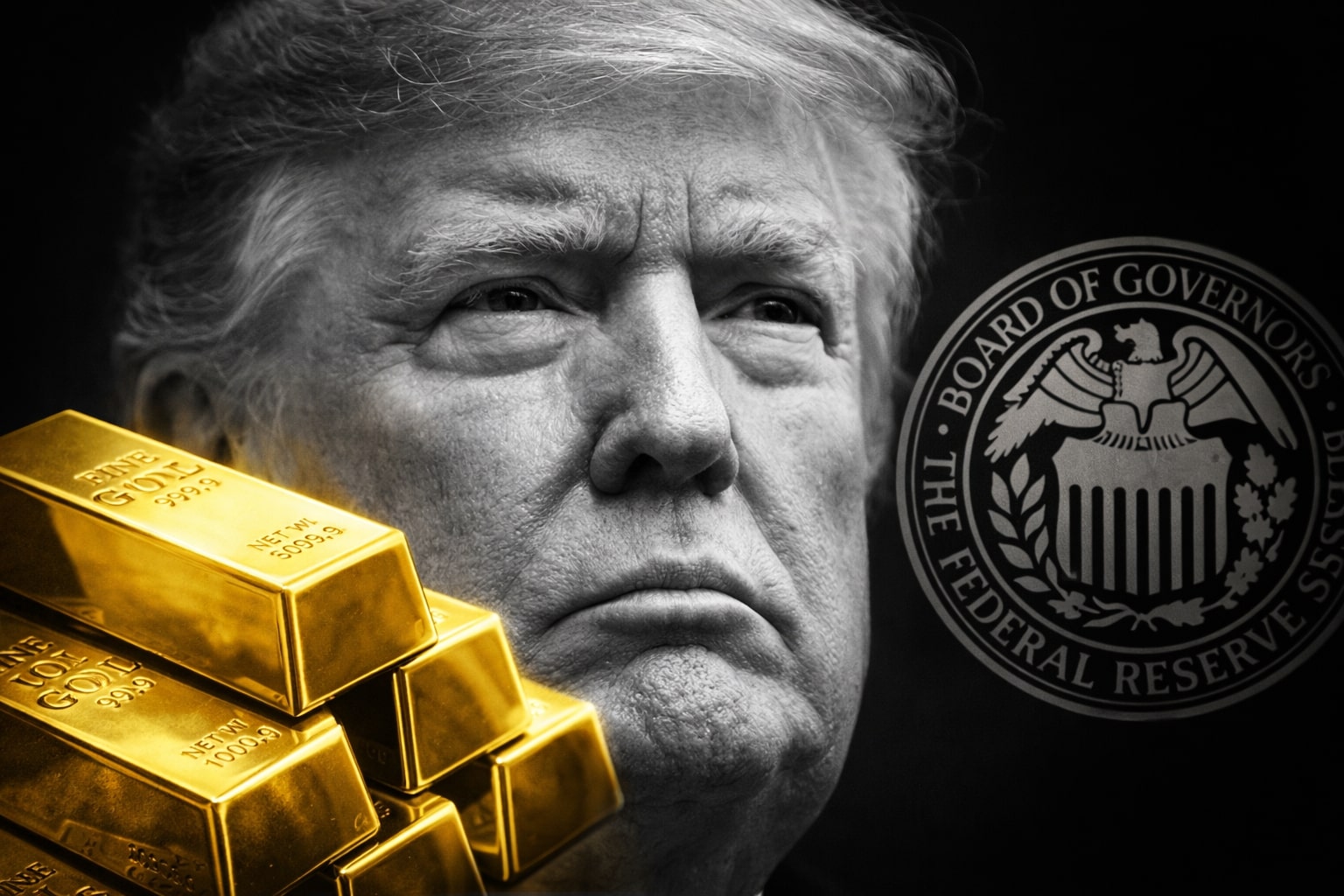
Gold Price Forecast - XAU/USD Price Near $3,680 as CPI, Jobs Data, and ETF Demand Shape Trend
Bullion rallies 40% YTD, faces Asia demand drop, while Fed policy and inflation guide price action | That's TradingNEWS
Gold (XAU/USD) Holds Near $3,680 After 40% Year-to-Date Surge
Gold (XAU/USD) futures opened Thursday at $3,680.60 per ounce, climbing 1% from the prior session’s close of $3,643.60. The metal has delivered nearly 40% YTD gains, a historic run powered by shifting U.S. monetary policy expectations, global inflation, and central bank accumulation. One week earlier, on September 4, futures traded at $3,549.90, meaning bullion has advanced 3.7% in seven days. Compared to a month ago, when contracts opened at $3,383.90 on August 11, the increase is +8.8%. Year-on-year, gold has surged 45.7% from $2,525.80 in September 2024, reflecting its strongest twelve-month performance since the post-crisis rally of 2010–2011.
U.S. CPI and Labor Data Reinforce Fed Rate Cut Speculation
The U.S. inflation profile remains at the center of gold’s momentum. The Consumer Price Index (CPI) advanced 0.4% MoM in August, accelerating from July’s 0.2%, pushing the annual rate to 2.9%. Core CPI held at 3.1% YoY, consistent with forecasts. At the same time, jobless claims surged to 263,000, far above the 235,000 consensus, marking the highest level in nearly four years. These signals increase the likelihood of Fed easing at the September 17 FOMC meeting, with futures markets fully pricing a 25bp cut from the 4.25%–4.50% band and leaving a smaller probability for a 50bp move. For gold, lower rates reduce opportunity costs, reinforcing its appeal versus yield-bearing assets.
China and India Demand Weakens as Domestic Discounts Emerge
Despite global strength, physical demand in Asia is softening. In Shanghai, bullion traded $17 below London prices, maintaining a discount streak for two consecutive weeks — the longest since late 2024. Discounts reflect weak local buying, particularly in jewelry, as consumers shift toward investment bars and coins. In India, the world’s No. 2 gold consumer, prices have risen more than 50% YoY, squeezing demand ahead of the critical festival and wedding season culminating in Diwali next month. Industry officials expect a 15–20% drop in volume purchases, with lighter jewelry designs replacing heavier traditional styles. Raksha Bandhan and Onam sales were already reported down 25% YoY, the steepest decline in three years.
Central Banks and Institutional Demand Counteract Retail Weakness
While consumer demand has softened in Asia, central banks remain net buyers, offsetting retail declines. Ongoing geopolitical risk — including Trump’s 100% tariff threats against China and India if they maintain Russian ties — adds a policy-driven motive for reserve diversification. Central banks’ gold accumulation has historically provided a floor during periods of declining jewelry demand, and current trends mirror past cycles in 2020–2021 when official purchases supported prices even as consumer markets slowed.
Technical Structure Points to $3,800 Breakout Potential
The technical landscape remains constructive. Gold recently broke out from an ascending triangle pattern, confirming buyers’ control. The measured target from the breakout projects toward $3,800 per ounce, aligning with bullish Wall Street forecasts, including Goldman Sachs’ projection for $3,700 by year-end. Immediate support sits at $3,622, where futures briefly traded after Tuesday’s record-setting session. Below that, $3,550 represents secondary support. Resistance is now concentrated at $3,700–$3,720, followed by the breakout zone near $3,800. Failure to hold above $3,620 would risk testing the $3,500 handle, but momentum remains tilted upward as long as the Fed’s easing path stays intact.
Silver Outpaces Gold in Percentage Gains
Silver is adding fuel to the precious metals rally, recently trading back to $41.30 per ounce, only 25 cents shy of a 14-year high. The gold-to-silver ratio has compressed to levels not seen since 2021, suggesting relative strength in the white metal. Historically, silver’s outperformance has marked late-stage accelerations in precious metals rallies, further underlining speculative positioning.
Read More
-
AbbVie Stock Price Forecast - ABBV at $229 Turns the Humira Cliff Into a 2026 Growth Engine
02.01.2026 · TradingNEWS ArchiveStocks
-
XRP Price Forecast - XRP-USD Nears $2 as $1.80 Support and Shrinking Supply Point to $2.60 Target
02.01.2026 · TradingNEWS ArchiveCrypto
-
Oil Price Forecast - Oil Slide Into 2026: WTI Stuck at $57, Brent at $60
02.01.2026 · TradingNEWS ArchiveCommodities
-
Stock Market Today: Nasdaq Hits 23,467 as Nvidia (NVDA), Micron (MU) and Baidu (BIDU) Drive AI Surge
02.01.2026 · TradingNEWS ArchiveMarkets
-
GBP/USD Price Forecast: Pound Holds 1.3450 as Fed–BoE Split Keeps Bulls Aiming at 1.37
02.01.2026 · TradingNEWS ArchiveForex
Valuation and Monetary Supply Divergence Support Further Upside
Analysts note that the divergence between U.S. M2 money supply growth and gold’s price has reached levels last seen in 2016, 2019, and 2021 — all periods that preceded sustained rallies. If monetary expansion leads gold by three months, as historical correlations suggest, liquidity injections in Q4 2025 could extend the run toward $3,900–$4,000 territory. This structural undervaluation thesis is one reason many institutional desks maintain overweight positions in XAU/USD despite overbought conditions.
Geopolitical and Trade Risks Remain Key Tailwinds
Trade policy remains a persistent wildcard. Trump’s proposed 100% tariffs on China and India if they maintain ties with Russia could exacerbate supply chain disruptions and drive safe-haven flows into gold. The assassination of activist Charlie Kirk added political instability in U.S. equities, but gold’s defensive positioning attracted buyers during that volatility. Geopolitical stress, coupled with the halving of global bond yields since early 2024, has made bullion increasingly attractive as a hedge against systemic risk.
Quarterly Seasonality and Historical Patterns Favor Q4 Strength
Historically, the final quarter of the year has been gold’s strongest, with October and November showing outsized gains in multiple cycles. Combined with the Bitcoin halving effect drawing liquidity into alternative assets, and with the SEC reviewing 92 ETF applications across crypto and metals, broader institutional engagement could spill over into gold. Public listings of firms tied to gold-backed products are also expected, echoing the pipeline of crypto IPOs in parallel, reinforcing gold’s strategic allocation in institutional portfolios.



















